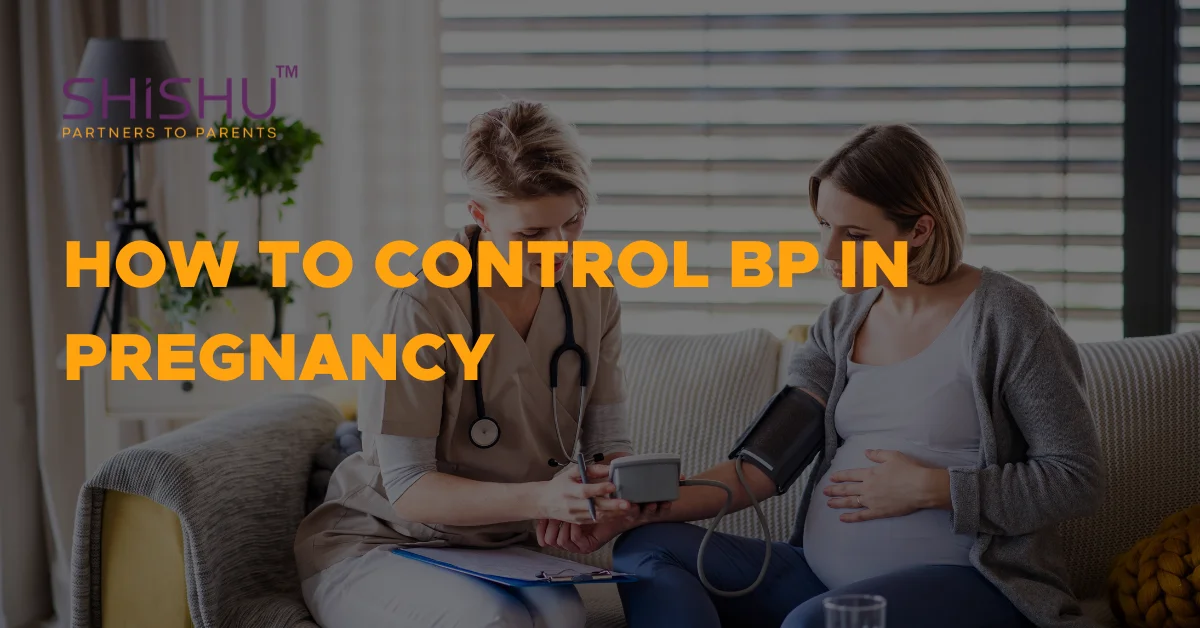How To Control Bp In Pregnancy
March 13, 2024 2024-05-06 17:16How To Control Bp In Pregnancy

How To Control Bp In Pregnancy
Pregnancy is a beautiful journey, but it comes with its share of challenges, especially for those dealing with high blood pressure (BP) issues. High blood pressure during pregnancy, also known as gestational hypertension or preeclampsia, can pose risks to both the mother and the baby if left unmanaged. In this comprehensive guide, we explore effective strategies and techniques for How To Control Bp In Pregnancy, ensuring a healthier and safer experience for expectant mothers.
Understanding High Blood Pressure in Pregnancy: The Risks and Challenges
High blood pressure during pregnancy How To Control Bp In Pregnancy can manifest in various forms, including gestational hypertension, chronic hypertension, and preeclampsia. These conditions can lead to complications such as preterm birth, low birth weight, placental abruption, and eclampsia if not properly managed. Additionally, high BP can increase the risk of developing cardiovascular disease later in life for both the mother and the child.
Identifying Risk Factors and Warning Signs
Before discussing methods for How To Control Bp In Pregnancy, it’s crucial to identify risk factors and warning signs that may indicate the presence of high blood pressure. Some common risk factors for gestational hypertension and preeclampsia include:
- Previous history of high blood pressure or preeclampsia: Women who have experienced high blood pressure or preeclampsia in previous pregnancies are at higher risk of developing these conditions again.
- Obesity: Excess weight or obesity can increase the risk of developing high blood pressure during pregnancy.
- Chronic conditions: Pre-existing conditions such as diabetes, kidney disease, and autoimmune disorders can predispose women to high blood pressure during pregnancy.
- First-time pregnancy: Women experiencing their first pregnancy may be at higher risk of developing gestational hypertension or preeclampsia.
- Age: Women under 20 or over 40 years old are at increased risk of high blood pressure during pregnancy.
Warning signs of high blood pressure during pregnancy may include persistent headaches, visual disturbances, abdominal pain, swelling of the hands and face, and changes in urine output. If any of these symptoms occur, it’s essential to seek medical attention promptly.
Controlling BP in Pregnancy: Effective Strategies and Techniques
Fortunately, there are several strategies and techniques that expectant mothers can employ to help How To Control Bp In Pregnancy:
**1. Regular Prenatal Care:
Regular prenatal check-ups are essential for monitoring blood pressure and detecting any signs of hypertension or preeclampsia early on. Healthcare providers can provide guidance on managing high blood pressure and adjusting treatment plans as needed to ensure the health and safety of both mother and baby.
**2. Healthy Lifestyle Choices:
Making healthy lifestyle choices can have a significant impact on blood pressure levels during pregnancy. Some key lifestyle modifications to consider include:
- Maintaining a healthy diet: Consuming a balanced diet of fruits, vegetables, whole grains, and lean proteins can help control blood pressure levels.
- Regular exercise: Engaging in regular physical activity, such as walking, swimming, or prenatal yoga, can help lower blood pressure and improve overall cardiovascular health.
- Limiting sodium intake: Avoiding high-sodium foods and choosing low-sodium alternatives can help reduce blood pressure levels.
- Managing stress: Practicing relaxation techniques such as deep breathing, meditation, or prenatal massage can help alleviate stress and lower blood pressure.
**3. Medication Management:
In some cases, medication may be necessary to control high blood pressure during pregnancy. Healthcare providers may prescribe antihypertensive medications to help lower blood pressure and reduce the risk of complications. It’s essential to follow your healthcare provider’s recommendations regarding medication use and attend regular follow-up appointments to monitor blood pressure levels and adjust treatment as needed.
**4. Bed Rest and Positioning:
In cases of severe hypertension or preeclampsia, healthcare providers may recommend bed rest and specific positioning to help alleviate symptoms and reduce blood pressure levels. Elevating the legs, lying on the left side, and avoiding prolonged standing or sitting can help improve circulation and lower blood pressure.
**5. Monitoring Fetal Well-being:
High blood pressure during pregnancy can affect fetal growth and development, so monitoring fetal well-being is essential. Healthcare providers may recommend non-stress tests, ultrasound scans, and fetal movement counts to assess the baby’s health and ensure appropriate growth and development.
Conclusion
In conclusion, How To Control Bp In Pregnancy to both the mother and the baby if left uncontrolled. However, by implementing effective strategies and techniques for managing blood pressure, expectant mothers can reduce the risk of complications and ensure a healthier and safer pregnancy experience. Regular prenatal care, healthy lifestyle choices, medication management, bed rest, and fetal monitoring are essential components of a comprehensive approach to controlling blood pressure in pregnancy. By working closely with healthcare providers and taking proactive steps to manage high blood pressure, expectant mothers can optimize their health and well-being and promote the best possible outcomes for themselves and their babies.
Parenthood Just Got A Whole Lot Easier!
Ready To Transform Your Parenting Experience?
Recent News & Articles
The latest news from Myshishu








